History of Plant Genetics at MU
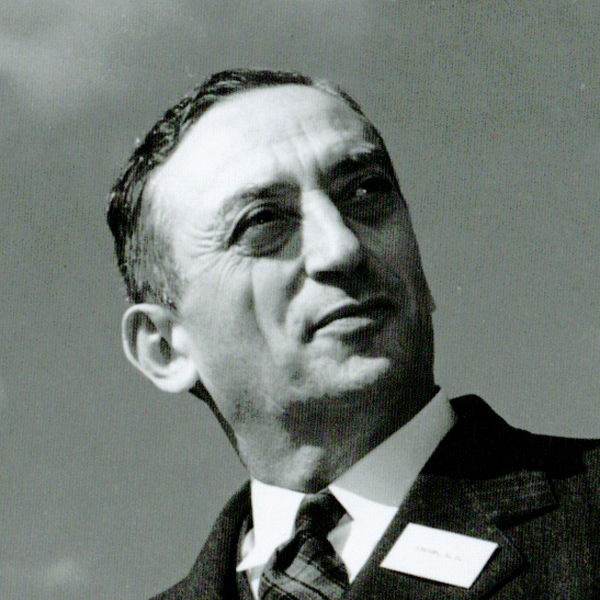 |
Lewis J. Stadler co-discovered the fact that X-rays would cause mutations. His subsequent work on mutagenesis and the nature of the gene attracted many talented faculty and students to MU. Many of Stadler’s students went on to exceptional careers in genetics. A few notable students include yeast geneticists Herschel Roman and Seymour Fogel and maize geneticists John R. Laughnan and Gerald Neuffer. |
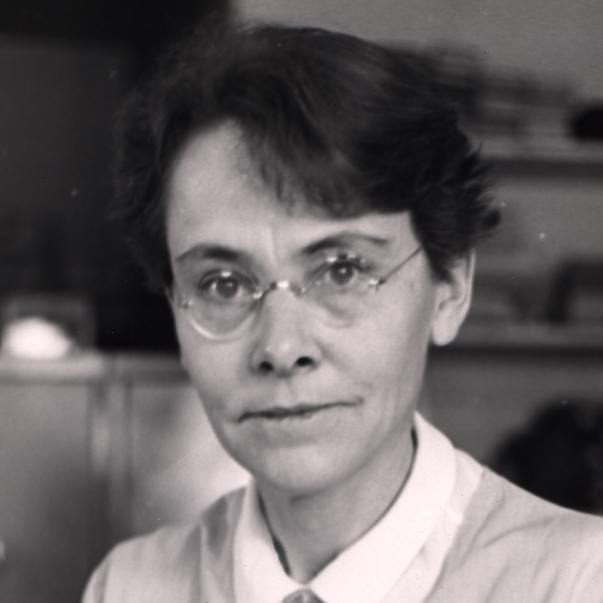 |
Barbara McClintock was a member of the Botany Department from 1935 to 1940. At MU, she worked on the behavior of chromosomal aberrations and discovered the breakage-fusion-bridge cycle, that eventually led to her subsequent discovery of transposable elements. |
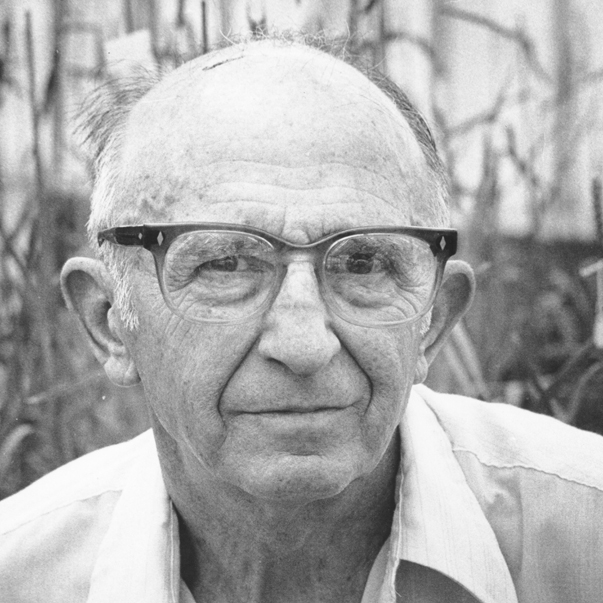 |
Earnest Sears developed many of the tools used in wheat genetics and contributed widely to current thinking about polyploid genetics, including chromosome pairing mechanisms and genome evolution. He was recipient of both the Hoblizelle (1958) and Wolf Prize (1986). |
 |
George P. Redei was instrumental in establishing Arabidopsis as a model plant system for genetics. Today, over 16,000 laboratories are pursuing their genetic studies using his methods. The Columbia (Col-0) wild type came from Rédei’s laboratory and is named after Columbia, Missouri. |
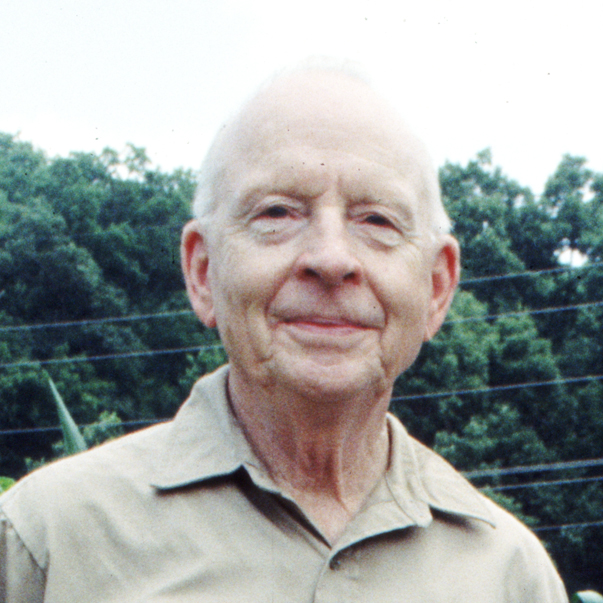 |
Edward H. Coe Jr. received the 1992 Thomas Hunt Morgan Medal from the Genetics Society of America for his lifelong contributions to maize genetics and his efforts in coordinating the maize database. |
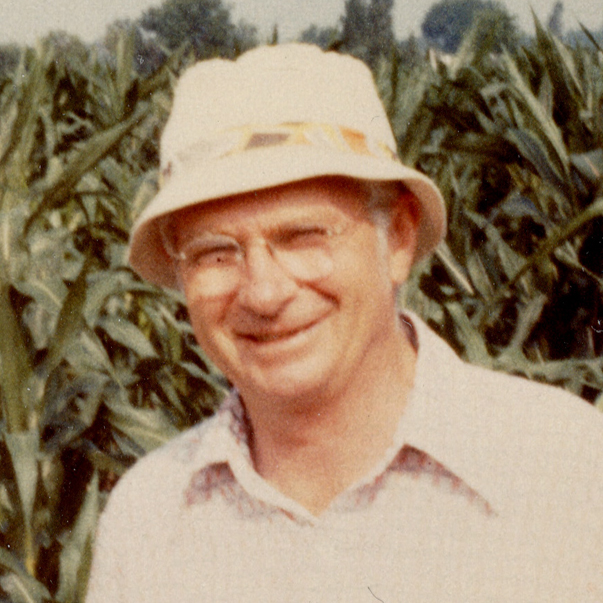 |
M. Gerald Neuffer developed methods for mutagenesis in maize, which he used to uncover a large number of mutants that have been immensely valuable to the maize research. He, with Coe, assembled the authoritative volume The Mutants of Maize. |
.jpg) |
James A. Birchler developed the first engineered minichromosome in maize and, together with Reiner Veitia, formulated the gene balance hypothesis. He is a member of the National Academy of Sciences, a AAAS Fellow and a Curators' Professor. |